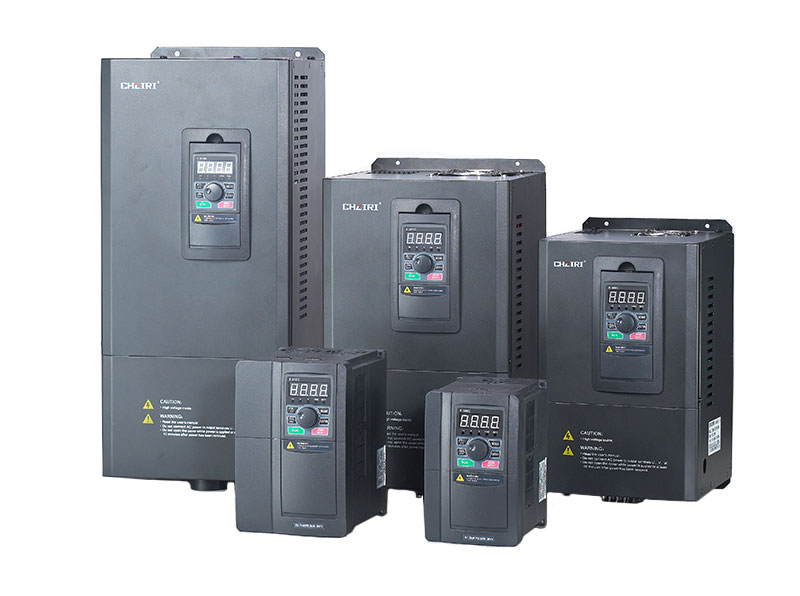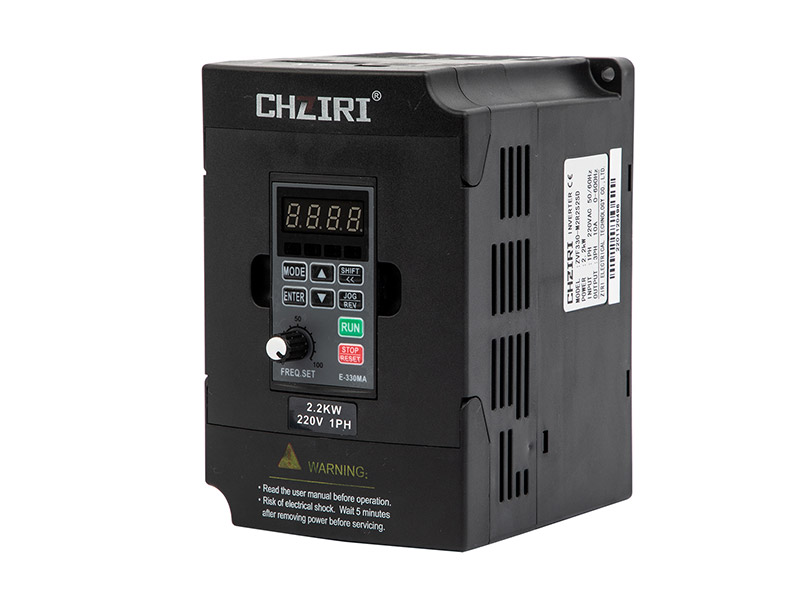Common faults and repair methods of frequency converters, it is recommended to collect them!
As one of the indispensable electrical equipment in modern industry, frequency converter has various functions such as energy saving, precision control, soft start and stop, reverse protection, etc. It can improve the operating efficiency and accuracy of the equipment and reduce energy consumption. , and extend the service life of the equipment. The service life is one of the important equipment in industrial production.
However, during the use of the inverter, various faults and problems often occur due to the influence of factors such as the production environment and usage conditions. Then follow the editor's steps to solve related problems such as the frequency converter failing to start normally and unstable output and how to solve them.
| The frequency converter cannot start normally | Cause | Solution |
| Poor contact of the power cord; Poor contact between the inverter and the motor output line; The encoder is damaged; The fuse is blown. |
Check whether the power cord connector is tight. Check whether the contact between the inverter and the motor output line is good. Replace or repair the encoder. Replace fuse. |
|
| Frequency converter main circuit protection | Overcurrent protection action. Overvoltage protection action; Overload protection action; Overheating protection action; |
Check whether there is a short circuit in the inverter output; Check whether the power supply voltage exceeds the rated value; Reduce load or increase power; Check if the radiator is working properly. |
| The inverter output is unstable | Supply voltage fluctuations; Poor main circuit contact; The output filter capacitor is damaged; The motor coil has poor contact. |
Check power quality; Check whether the terminals are loose or have poor contact; Replace damaged filter capacitors; Check whether the motor coil connector is loose or has poor contact. |
| Frequency converter has overshoot problem | PID parameter setting error; Abnormal control signal input; The motor has large inertia; Position feedback accuracy is insufficient. |
Adjust PID parameters; Check whether the control signal input is correct; Adjust acceleration and deceleration curves; Replace with a more accurate position feedback sensor. |
| The inverter suddenly stops | power outage; Output short circuit or overload; Main circuit failure; The protective device operates. |
Check whether the power connection is normal; Check whether there is a short circuit or open circuit in the output line; Check whether the main circuit components are damaged; Find the cause of the protective device action and deal with it. |
| The frequency converter cannot output signals to the motor | circuit board failure; The control chip fails; Relay failure; The output terminals are loose or have poor contact. |
Replace damaged circuit boards; Replace damaged control chip; Replace damaged relays; Tighten the output terminals or replace other loose wiring. |
| Noise occurs during operation of the inverter | Bearing wear; unbalanced load; The fit gap is too large; The reducer bearings are worn. |
Replace worn bearings; balancing load; Adjust the fit gap; Replace the internal bearings of the reducer. |
| A fault code appears after the inverter is turned on. | Software issues; RAM failure; The power supply is unstable; Chip failure. |
Replace or update software; Replace failed RAM chips; Stable power supply voltage; Replace failed chips. |
| The inverter cannot control the load normally | The control signal is damaged or wrong; Motor main circuit failure; Insufficient input power; The encoder is damaged. |
Check whether the control signal is normal; Check whether the contact between the inverter and the motor output line is good; Increase input power; Replace or repair the encoder. |
| The frequency converter cannot adjust speed | The control chip fails; circuit board failure; Relay failure; The output terminals are loose or have poor contact. |
Replace damaged control chip; Replace damaged circuit boards; Replace damaged relays; Tighten the output terminals or replace other loose wiring. |
| Inverter frequency decreases | Input voltage is too low; Overload is too large; Main circuit failure; The protective device operates. |
Increase the input voltage or replace the voltage stabilizing device; Reduce load or increase power; Check whether the main circuit components are damaged; Find the cause of the protective device action and deal with it. |
Warm reminder: When installing the frequency converter, you need to strictly follow the instructions to avoid problems such as improper connection and improper power on/off. If it cannot be solved, you can contact professional maintenance technicians for repair.










